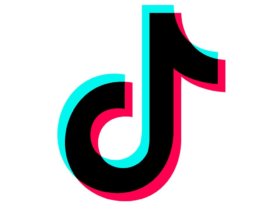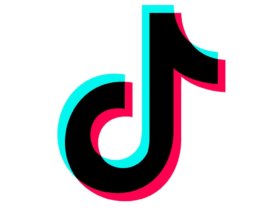Most entrepreneurs want analytics on everything and anything. This is a logical approach because you want to know what every interaction looks like. But the better way to do this is through event based analytics.
What the hell is an event?
An event is just an action. You can track every action (i.e. click) a user takes.
Can you do this by yourself? Unfortunately or fortunately, depending on how you look at it, you will need a developer – but it’s really easy for them to do. Any analytics tool you have will show you your events – Mixpanel, Google Analytics, Facebook Analytics, Firebase, etc.
Some real world examples:
- Let’s say you have a Login button. You can tell the developer to name that event “Login Button,” so every time a user clicks on this button it will log an event called “Login Button.” Now you will be able to track how many times your users click this button.
- Let’s say you have an onboarding flow of 3 steps and each step has it’s own screen. Now each of these screens has a skip button. Now you might say let’s just call the event “Skip”. WRONG. You want to tell the developer to call the event “Skip Step 1”. This will allow you to see which step users are clicking the skip button on the first screen.
While event based analytics are amazing because of flexibility they offer, they can also get out of control and confusing really quickly if you don’t properly take the time to define the events you want to track. Leaving the naming of events to your developer is dangerous.
How to avoid events getting sloppy. We recommend using annotated screenshots. Again lets take this simple home screen from Florish as an example. You can quite literally annotate what you want each button to be called in the event. Go screen by screen in your app. This may take time and may seem tedious but when you start to get users and you want to see what’s going on in the app you will thank yourself.
Real Talk: We like to think of event definition and tracking as the foundation for your analytics. Once you have events you can do all kind of exciting things, like funnels and conversion, being able to see how many people clicked clicked add to cart but didn’t click checkout.








Leave a Reply